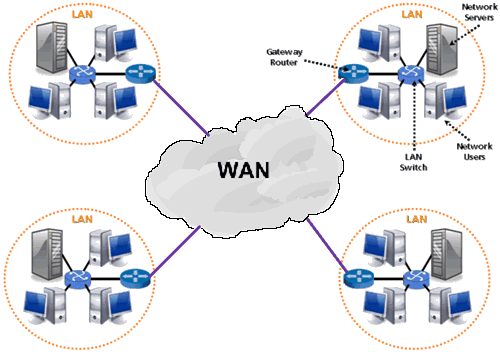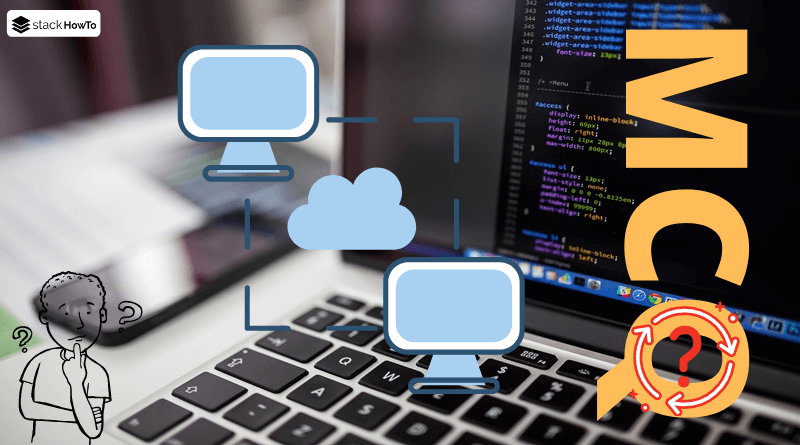What are the 4 Types of Networks with Examples?
In this tutorial, we are going to see what are the 4 types of networks with examples. There are different types of (private) networks depending on their size (in terms of the number of machines), their data transfer speed, and their scope. Private networks are networks belonging to the same organization. There are generally four categories of networks:
- PAN (Personal Area Network)
- LAN (Local Area Network)
- MAN (Metropolitan Area Network)
- WAN (Wide Area Network)
There are two other types of networks: TAN (Tiny Area Network) identical to LAN but less extended (2 to 3 machines) and CAN (Campus Area Network) identical to MAN (with a maximum bandwidth between all the LANs of the network).
PAN (Personal Area Network)
PAN allows exchanging data between close devices (usually in the same room). To do this, there are 2 physical transmission techniques, USB and FireWire. It is also possible to connect two devices via WPAN (Wireless Personal Area Network) with technologies such as wireless USB, Bluetooth, or Z-Wave.
It is also possible to link a PAN network to other larger networks.

LAN (Local Area Network)
LAN stands for Local Area Network. It is a set of computers belonging to the same organization and linked together in a small geographical area by a network, often using the same technology (the most common is Ethernet).
A local area network is therefore a network in its simplest form. The data transfer speed? of a local network can range from 10 Mbps (for an ethernet network for example) to 1 Gbps (in FDDI or Gigabit Ethernet for example). The size of a local network can reach up to 100 or even 1000 users.
By extending the context of the definition to the services provided by the local network, it is possible to distinguish two modes of operation:
- in a “peer to peer” environment, in which there is no central computer and each computer has a similar role
- in a “client/server” environment, in which a central computer provides network services to users

MAN (Metropolitan Area Network)
MANs (Metropolitan Area Networks) interconnect several geographically close LANs (a few tens of kilometers at maximum) at high speeds. Thus a MAN allows two distant nodes to communicate as if they were part of the same local network.
A MAN is made up of switches or routers interconnected by high-speed links (usually fiber optics).

WAN (Wide Area Network)
A WAN (Wide Area Network) interconnects multiple LANs across large geographic distances.
The data rates available on a WAN are the result of a trade-off with the cost of the links (which increases with distance) and can be low.
WANs operate through routers that “choose” the most appropriate path to reach a network node.
The best known WAN is the Internet.
WANs are often managed by our Internet service providers.






